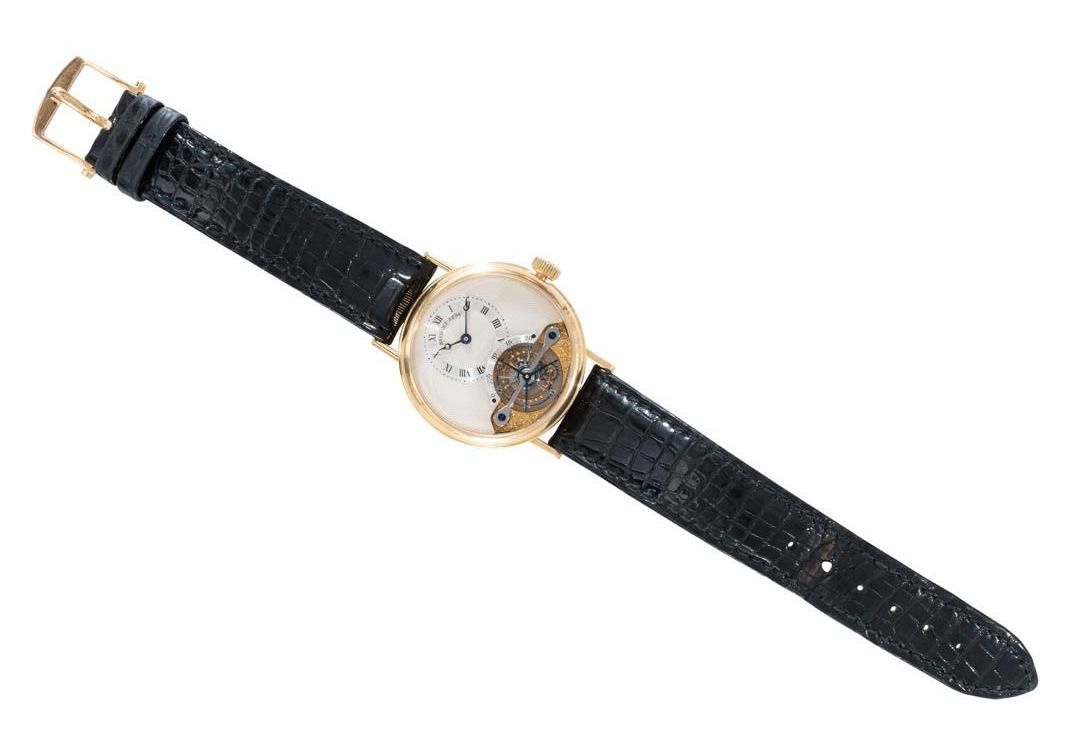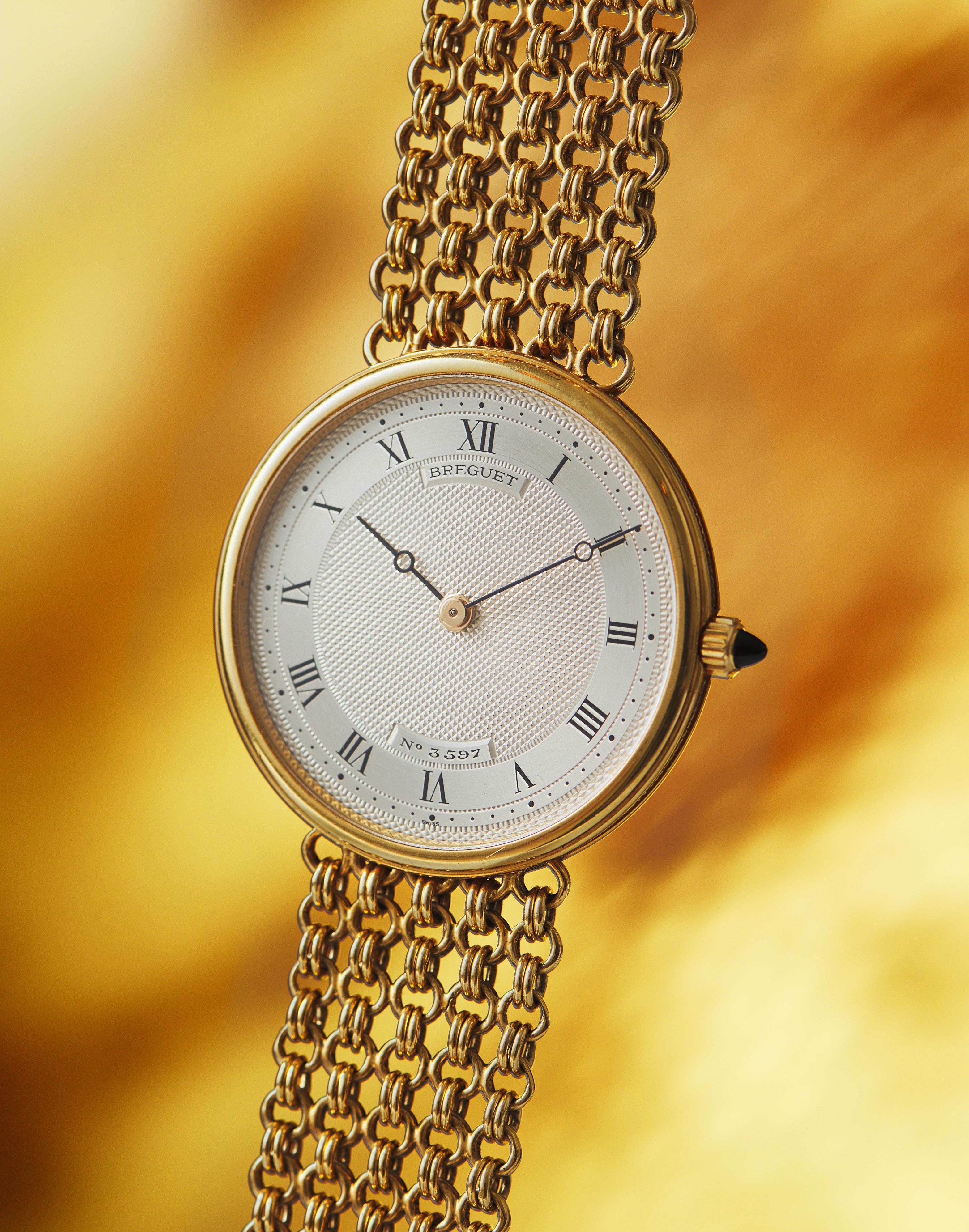
8 minute read
Fine Art: The Persistence of Memory

Fine Art Auction Tues 8 Sept, 6.30pm MELBOURNE
ABOVE: Skate in Merric Boyd pot © National Gallery of Australia, Canberra NGA 1986.2290
LEFT: ARTHUR BOYD (1920-1999) Evening Shoreline c.1968 (detail) oil on canvas 91 x 99.5cm $40,000-60,000 In 1968, Arthur Boyd and his family returned to Australia after living in England for nine years. His time abroad had brought him numerous accolades with major retrospectives held in London and Australia. His achievements were momentous for a mid-career artist at just 48 years of age.
Now back in Australia, he returned to depicting a familiar landscape, in many ways a reflection on his own childhood. When Boyd was a young artist living with his grandfather at Rosebud in Port Phillip Bay he spent many days on the beach observing the marine wildlife and the luminous deep blue ocean. In particular, he was struck by the extraordinary forms of skates (large stingrays) that he saw washed up on the beach.
“I used to watch the fishermen throw their kite-shaped skates up on the shores…skates swim with a pink underside human-like face looking down into the water, and when these tender undersides were exposed on the sand, they seemed to symbolise absolute vulnerability” – Arthur Boyd
In Evening Shoreline c.1968 Boyd has captured the stillness and beauty of Port Philip Bay. Upon first glance, the pure simplicity of the work strikes you – the serene waves, soothing blues, and vast expanse of sky and water. Unlike his more figurative works that cover the biblical, mythical and emotional, here the painting appears to be just a literal landscape. However, upon second sight we notice the pure brilliance in Arthur’s execution of paint, the delicate stingray in the foreground, and rendering of the light with such confidence and restraint only a gifted and developed artist such as Boyd could deliver. We, the viewer, are absorbed into the serenity of the landscape, triggering all the senses. Perhaps this painting tells a story of what we see as well as what we don’t see. Boyd invokes a shared memory of the uncomplicated life by the sea as a young child recalling an innocent past.
In the decades following his childhood spent in the bay, Boyd repeatedly although not regularly drew upon the image of the stingray – sometimes as subjects for still life and at other times with a deeper meaning. The latter is prominent in his beautiful tribute to his father, Skate in Merric Boyd Pot, who suffered from epilepsy. Here the skate is once more set against a deep blue expanse and resides within one of Merric’s ceramics. The skate, as well as his father, is a creature both vulnerable and resilient.
We are delighted to present Arthur Boyd’s Evening Shoreline c.1968 in our forthcoming September Fine Art auction.
OLIVIA FULLER / Head of Art
FINE JEWELS & TIMEPIECES

Ruby: The King of Gemstones
Fine Jewels & Timepieces Auction Mon 7 Sept, 6.30pm MELBOURNE
LEFT: BURMESE RUBY AND DIAMOND RING Sold $8,060
RIGHT: A BURMESE RUBY AND DIAMOND CLUSTER RING Sold $10,540
OPPOSITE: A RUBY AND DIAMOND RING $4,600-5,500 Rubies, with their vibrant hues of purplish red, have adorned royal treasures for millennia and remain highly desirable to the present day. In this piece, we explore their history and what sets them apart.
SOURCES
Burmese rubies have set the standard in quality for centuries; Burmese stones have always been scarce. In recent decades, various events contributed to the decline of the availability of Burmese rubies in the West. Similarly, Thailand and Cambodia are historically prolific sources but are now in decline.
The late 20th Century saw the discovery and high production of rubies originating from East African countries, particularly Madagascar, Tanzania and Mozambique. Although first associated with lower grade gems, today increasingly large numbers of fine quality rubies come from Mozambique. It has become common practice by some gem testing laboratories to apply the term “Pigeon’s Blood” to describe the colour of certain Mozambique stones, a term previously associated with the Burmese ruby trade. This contributed to the increase in popularity of Mozambique stones in the far Eastern market. Fine quality Burmese rubies, however, are very rare and are priced accordingly.
Another source worth noting is Greenland. Although known as a source of rubies for decades, it has taken years for the stones to become available to the global market. Responsibly sourced Greenlandic rubies are enjoying a warm welcome from different levels of the industry.
COLOUR
Colour is the most significant factor influencing a ruby’s value. The finest rubies have a pure, vibrant red to slightly purplish red colour. In most markets, pure red hues fetch the highest prices and rubies with tones of orange and purple are less highly valued. The colour must be the perfect balance between dark and light; a dark shade will dull the stone’s brightness, but a stone that is too light may be confused with a pink sapphire, (though these gems also enjoy their own separate following).
THE DIFFERENCE BETWEEN PINK SAPPHIRES AND RUBIES
Both rubies and pink sapphires belong to the same mineral family, (Corundum), though rubies are much rarer, and this has led to some debate in the gem trade about how to correctly identify the stones. Historically, the word “ruby” referred to shades of red, which included pink. Cultural differences also play a part, for example in some gem-producing nations such as Sri Lanka, pink coloured gems were always considered rubies.
Most of the world’s leading laboratories now use a controlled set of comparison stones called “Master stones” to determine whether a Corundum is a ruby, the laboratory grading its master stones on the principle that red must be the dominant hue. In the gem trade however, determining the dominant hue is subject to personal perception.
CLARITY
Rubies almost always feature inclusions, though the value of the stone will depend in part on how visible these inclusions are. Noticeable inclusions that reduce the transparency or brightness of the stone can lower the value dramatically.
Typical ruby clarity characteristics include thin mineral inclusions called rutile needles, also called silk; needles might be short or long and slender, and they might appear to be woven tightly together.
Some inclusions can contribute positively to a gem’s appearance. The presence of these rutile needles causes light to scatter across facets, illuminating them beautifully and spreading the colour more evenly across the ruby’s crown.
MARIA WALKER / Jewellery Manager
Choosing The Right Wristwatch

While wristwatches are a common accessory today, a century ago it was a different story. Wristwatches were really an advent as a consequence of the first world war. Previously, they were generally only worn by ladies, with gentlemen favouring pocket watches. When the war broke out, mid-size pocket watches were converted with the addition of lugs and a band into wearable wristwatches – known as trench watches. These later became part of the equipment issued to soldiers by the military; imagine the stories they could tell. Returning soldiers continued wearing their watches after the war, leading to a decline in the use of pocketwatches.
Now an integral part of our modern life, for most people, watches do just one thing - they tell the time. However, watches are not always as simple as they look and are often underestimated with regards to their features, and what they can offer.
Understanding some of the different types of watches available, their features, and what makes a watch valuable can assist in choosing which is best for you, whether it be for personal use or as a gift to someone else.
POPULAR TYPES OF WATCHES & MOVEMENTS
Quartz Movements – These are the most common movements we see in watches. Driven by batteries, they keep accurate time, are durable, and are generally come at an affordable price.
Manual Wind Watches - Before the use of batteries, watches were constructed and designed using mechanical parts and specifically a mainspring which stored energy. The mainspring slowly unwinds, transferring energy to move the parts and enable ticking. These watches require daily winding.
Automatic wristwatches - Self-winding watches have a rotor attached to the movement which spins as the wearer moves their hand. This rotor, when spinning, winds the watch up again by tightening the mainspring. Without the constant motion, the rotor will stop spinning and the watch will cease to tick after approximately 30-70 hours (depending on the age of the watch) until the motion begins again.
Tactile Watches – These are designed to tell the time without the user looking at the face of the watch. Generally designed for the blind, there were also pocket watches created in the 1800s which allowed the owner to discreetly check the time without removing the watch from his pocket.
Kinetic Watches - A combination of a quartz and automatic watch, these have a weighted rotor that causes the watch to move. The rotor movement is converted to electricity with the use of an internal dynamo (turbine). The electricity is stored in a power cell. Kinetic watches need to be worn to recharge them.
Chronometer Watches - Automatic wristwatches are generally not as accurate as those powered by a quartz movement. Chronometer watches use high quality materials that are not impacted by a change in temperature causing expansion or contraction of parts. They have a more sophisticated movement as well, allowing greater accuracy and may also have a stopwatch feature.
Calendar and Moon Phase Watches - The moon phase feature on a watch indicates just that - the phase of the moon - based on the calendar of the watch, and indicates whether it is day or night through imagery.
Pilot watches - Often large in size, pilot watches were designed for use in aviation and as such are easy to read and include specific tools such as tachymeters, (measuring speed based on travel time, or distance based on speed), altimeters to measure altitude, compasses and sometimes a slide rule enabling calculations to be made.
Our September Fine Jewels & Timepieces auction will feature a number of vintage and luxury watches, including a solid 18ct gold Breguet, and a wonderful selection of pocketwatches… which we’ll cover in a future issue.
JULIE FOSTER, Head of Fine Jewels & Timepieces
Fine Jewels & Timepieces Auction Mon 7 Sept, 6.30pm MELBOURNE
ABOVE: A TOURBILLON WRISTWATCH BY BREGUET Sold $59,520
OPPOSITE: A GOLD BREGUET WRISTWATCH $7,000-9,000











